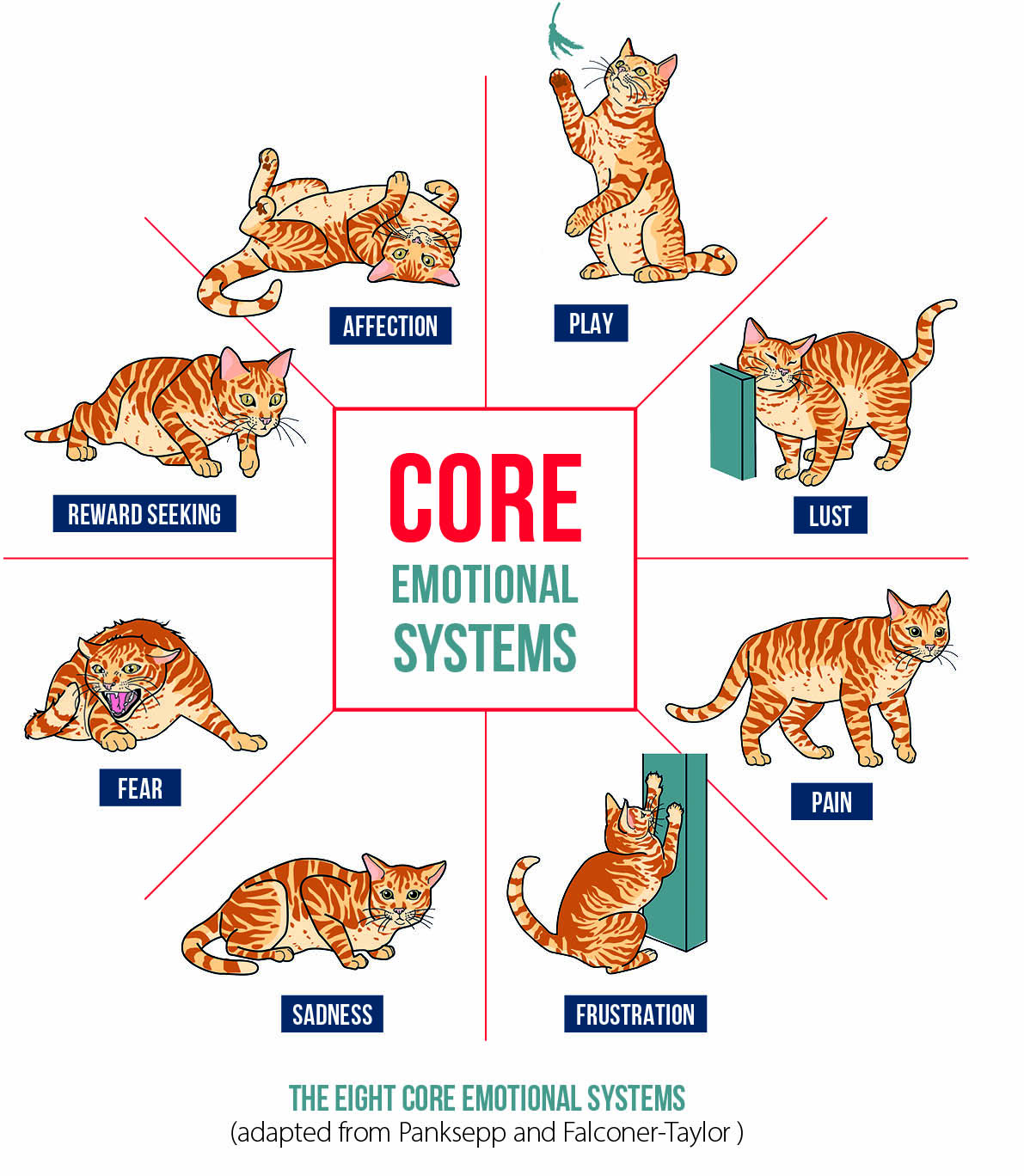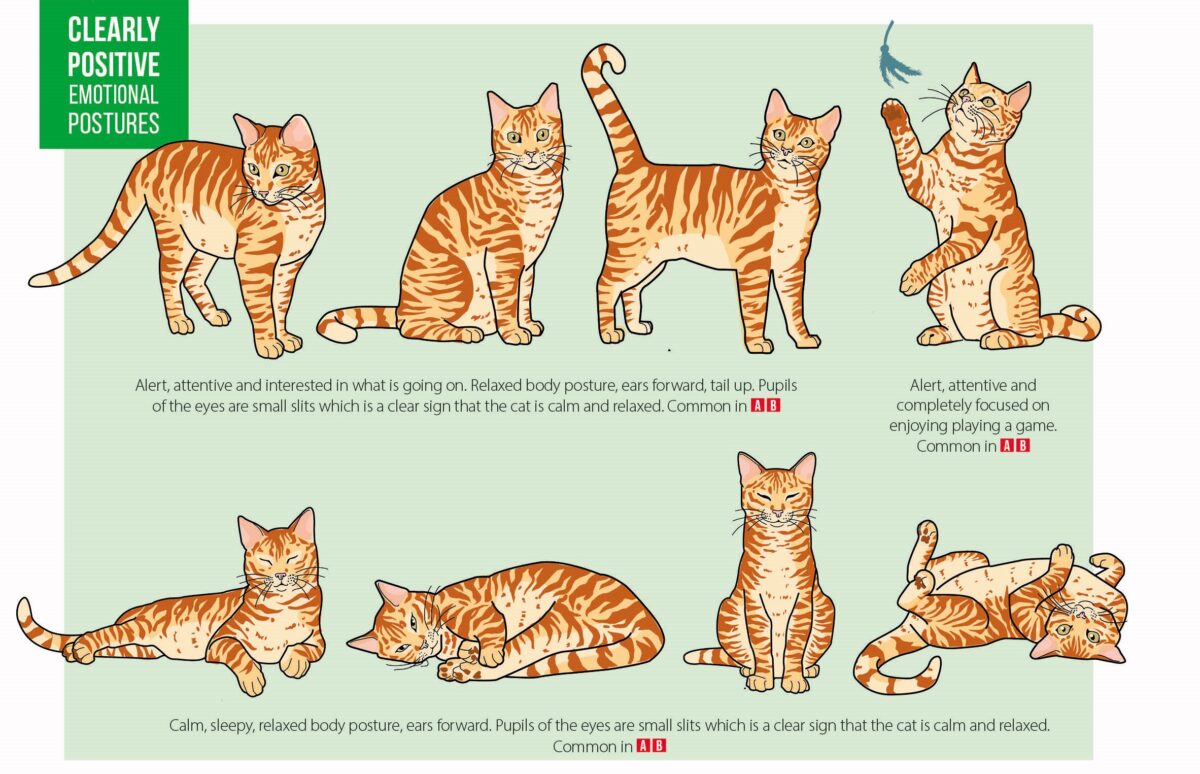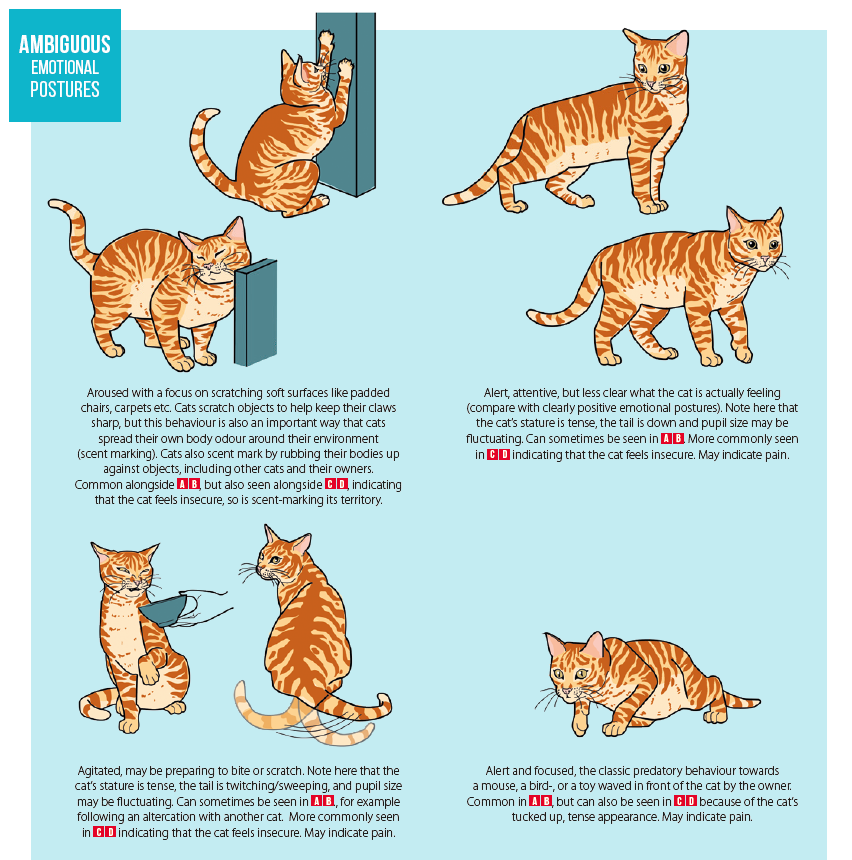Blog | Reading Time 5 minutes
How well do you know your cat?
Unlocking the mystery behind our feline friend’s behavior
The historical origins of the modern domestic cat is shrouded in mystery, but current evidence traces back to ancient Egypt around 5,000 years ago. Cats became valued members of society because they protected precious grain stores from rats and mice. Domestic cats gradually made their way across the globe, most likely on trading ships.
Today, cats are beloved worldwide because of their low-maintenance nature making them ideal pets for busy, working families. However, there is a great deal of misunderstanding about the moods and behaviors of cats, and what they need to live happy, healthy lives alongside their humans. Contrary to popular belief, cats are emotional creatures and not just solitary predators. Play in cats is driven by their strong predatory instinct and has little to do with social bonding like that of a dog. Another common misconception is that cats are solitary non-social animals, 10% of cats suffering from separation anxiety. They should, however, have access to areas in the house where they can escape and hide.
Emotional systems and moods
Understanding your cat’s emotional state opens the door to sharing their joy and happiness, but is also key to understanding and ensuring their well-being. Experiencing negative emotions over a long period of time will influence your cat’s emotional well-being and can contribute to the development of behavioral problems. By educating ourselves about our cat’s nutritional and emotional needs, we can support their overall well-being while reinforcing our special and unique bond. Behavioral problems such as aggression, anxiety, and urine and fecal marking are typically caused by misunderstanding a cats’ needs. Several physical illnesses and diseases like urinary tract infections and high blood pressure that can also lead to anxiety.

As cat owners, it is our duty and responsibility to care for their emotional well-being. Cats, like people, experience a range of emotions – joy, happiness sadness, loneliness, fear and pain. The eight core emotional states shape our mood over time. Just as our mood reflects our emotional state, cats’ moods can indicate their well-being. Poor moods can lead to behavioral issues and welfare problems. Understanding and supporting their emotional needs helps ensure they live happy, healthy lives.
Body language and expressions
Cats express their mood through subtle facial expressions and body postures. Depending on their personality, the same body posture may have different meanings. Here are the top 10 most common postures that are universal across all cat breeds:

- Alert, Attentive and Interested: A positive state with a relaxed body, ears forward, and tail up.
- Alert, Attentive and Playful: A positive state focused on play.
- Calm and Relaxed: A positive state with a relaxed body and forward ears.
- Interested in Scratching or Scent Marking: A neutral state, often indicating a desire to spread scent, sometimes due to insecurity.

- Alert but Insecure: An attentive but tense posture, with tail down and dilated pupils, indicating insecurity or pain.
- Agitated: Tense body with tail twitching or sweeping, ears back or flat. Indicates insecurity or pain.
- Alert, Focused and Hunting: Classic predatory stance, ready to pounce.
- Aroused and Focused: Small, tense, and tucked-in body with large pupils, indicating stress and fear.
- Hissing and Growling: Very tense body with raised fur, dilated pupils, ears are often back or flat, and the cat hisses or growls to indicating fear or anger.
- Ready to Strike: Highly agitated, angry and aroused, standing tall with raised fur and large pupils, ready to strike or attack.
Track your cats’ emotions and mood state
Tracking a cat’s emotional state several times a day over several days, can give you a good indicator of their mood. This method is similar to the monitoring that mental health professionals use to assess people’s mental wellness and state of mind. If you are unsure of any postures or emotions, take a picture for reference. Take a picture of your cat’s face and posture and keep a record. If you are unsure of your cat’s emotional cues, behaviors or mood state, seek professional behavioral support.
A happy gut is a happy cat
The gut microbiota plays a central part in your cat’s physical and mental health. The brain and gut communicate regularly through a vast network of neurons within the gut called the enteric nervous system, which is often called the “second brain”. The gut-brain axis not only ensures the proper maintenance of gastrointestinal balance, but also has been linked to motivation and cognitive function. Its role is to monitor and integrate gut function as well as mechanisms such as immune activation, intestinal permeability, enteric reflex and entero-endocrine signaling.
Prebiotics, probiotics and postbiotics, can help modulate the host microbiota and are useful in addressing behavioral issues in pets. Lallemand, a leading expert in the development of microbial-based solutions for human and animal nutrition, offers natural, research-backed nutritional solutions for immune support, digestive care and overall well-being. Supplementation with Lallemand’s solutions can help support your cat’s health and well-being.
Conclusion
Your cat’s mood state reflects their overall emotional well-being and mental state. Negative emotions like loneliness, fear and pain have a negative impact on well-being. In order to maintain your cat’s emotional health and well-being, try to ensure there are more positive experiences and moods than negative. By better understanding their emotional cues and needs, we can support overall well-being, seek help if required, and strengthen our special and unique bond with our feline friends.

Use Lallemand’s interactive PetWAG (Pet Well-being Assessment Guide) tool to measure and record your cat’s mood state, https://petwag.lallemandanimalnutrition.com/.
This tool was developed with Robert Falconer-Taylor. Dr. Falconer-Taylor was veterinary director and head of education of the Centre of Applied Pet Ethology (COAPE).
Published Aug 14, 2024